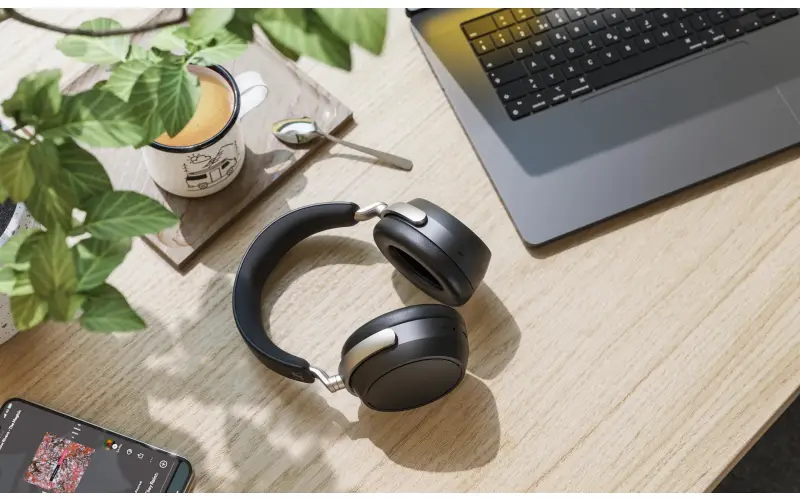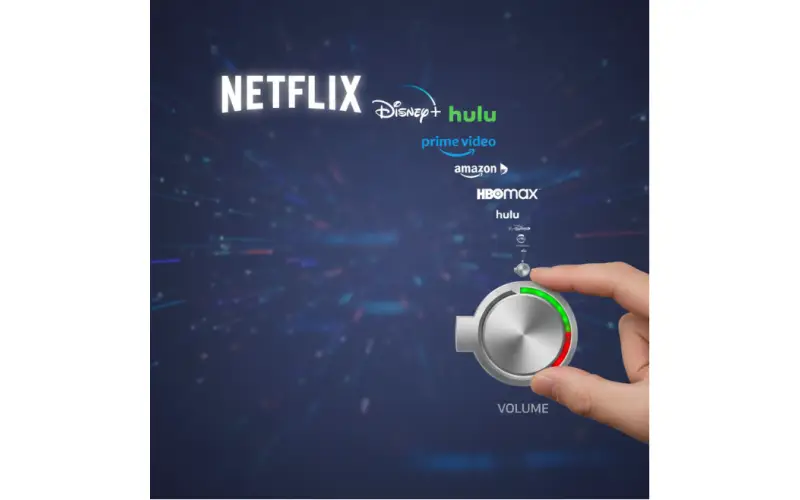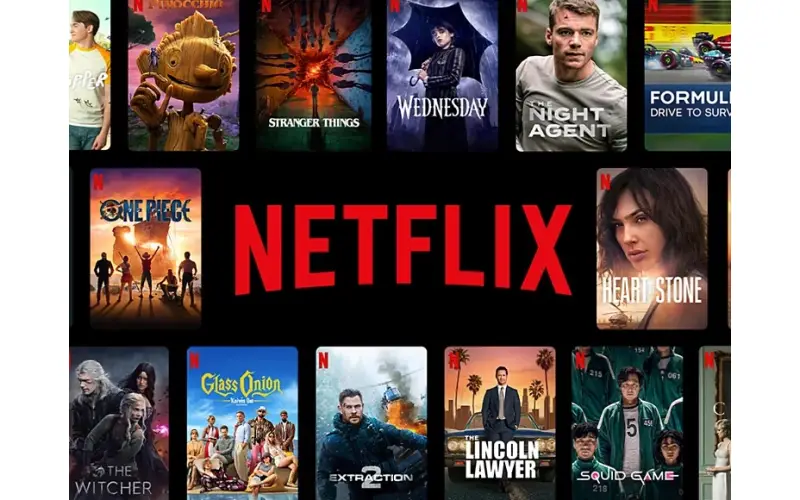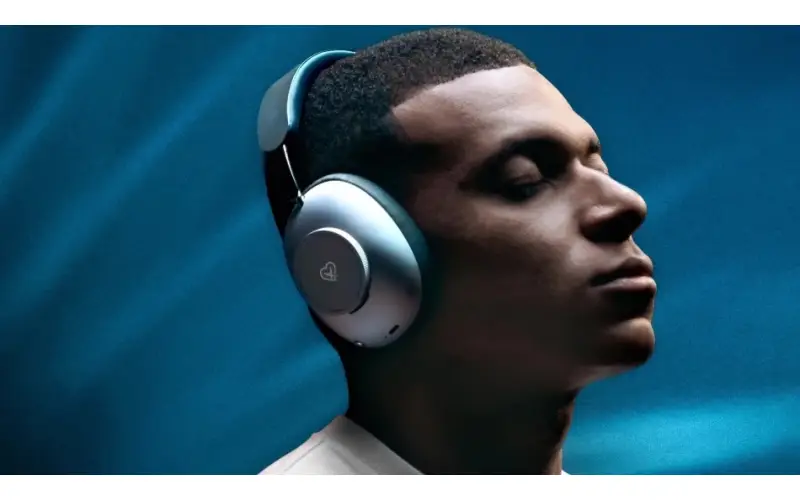By: Dipin Sehdev
Google is rolling out a fresh batch of YouTube Premium features that bring greater consistency across devices, including faster playback speeds, offline Shorts downloads, and most importantly, higher-quality audio. While YouTube Premium is still known primarily as a way to remove ads and bundle in YouTube Music, Google has been quietly making incremental improvements to its audio ecosystem.
With this latest update, “High” audio quality—up to 256kbps AAC—is now available not just in YouTube Music but also across the main YouTube app on iOS and Android for official music videos and so-called “Art Tracks.” That’s a small but notable step forward for YouTube as it tries to position Premium as more than just an ad-free video tier.
But the question that really matters for serious listeners is: how does YouTube Premium’s audio experience compare to the competition? Services like Apple Music, Amazon Music Unlimited, Tidal, and Qobuz all now offer lossless and even high-resolution playback, while Spotify just launched its long-promised “lossless” tier—though early feedback suggests it may not be truly lossless. Let’s dive in.
YouTube Premium’s High-Quality Audio: What You’re Getting
YouTube Premium’s new audio tier maxes out at 256kbps AAC. This is the same bitrate Apple Music uses for its standard compressed streams (before its lossless upgrade), and it’s an improvement over YouTube’s baseline 128kbps streams.
Here’s what Premium subscribers now get:
-
High-quality audio at 256kbps AAC for official music videos and Art Tracks
-
Consistent experience across apps: available in both YouTube Music and the main YouTube app on iOS/Android
-
No extra charge beyond the $13.99/month Premium subscription
-
Bundled perks: ad-free YouTube, background play, offline downloads, and exclusive features like Jump Ahead on TVs
For casual listeners who primarily consume music through videos—or those who already use YouTube Music as their primary streaming service—this is a tangible upgrade. But for audiophiles, 256kbps still falls short compared to true lossless or hi-res formats.
Spotify: The “Lossless” Launch That Isn’t
Spotify recently rolled out its long-awaited high-resolution tier, a feature it first teased back in 2021. However, reports suggest that the so-called “lossless” streams may not actually deliver bit-perfect audio. Listeners testing the new plan have noticed inconsistencies, raising concerns that Spotify’s implementation is closer to high-bitrate lossy than genuine lossless.
Spotify’s advantage remains its social features, playlists, and discovery engine—areas where it is still unmatched. But when it comes to sound quality, even with the new tier, Spotify lags behind Apple Music, Amazon, Tidal, and Qobuz. Against that backdrop, YouTube’s move to 256kbps seems modest but oddly competitive, especially since many users are happy to accept “good enough” fidelity when paired with strong discovery and video integration.
Apple Music: Lossless for Everyone
Apple Music set the bar high in 2021 when it rolled out lossless (up to 24-bit/48kHz) and hi-res lossless (up to 24-bit/192kHz) at no extra cost. Every subscriber automatically gets access to higher-quality streams, though hi-res listening requires external DACs or compatible devices.
For many, Apple Music strikes the right balance:
-
Widespread lossless support without price hikes
-
Spatial Audio with Dolby Atmos integration, especially strong with AirPods and Beats
-
Deep integration into Apple’s ecosystem, including HomePod, Apple TV, and CarPlay
Compared to YouTube Premium’s 256kbps, Apple Music’s offering is on another level. For iOS users deciding between the two, Apple delivers far more in terms of sonic fidelity.
Amazon Music Unlimited: High-Res at Scale
Amazon Music Unlimited has mirrored Apple’s strategy by offering lossless (CD quality) and hi-res streaming without an extra charge. That makes it one of the most affordable ways to step into higher-quality streaming. Amazon also benefits from:
-
Extensive device support, including Alexa-enabled speakers
-
Massive catalog of over 100 million songs in lossless
-
Hi-res availability for select tracks up to 24-bit/192kHz
In terms of quality per dollar, Amazon Music punches well above its weight. For audiophiles who want value, it outclasses YouTube Premium, which caps at 256kbps.
Tidal: Still the Audiophile Favorite—With Caveats
Tidal built its reputation on high-quality audio, starting with lossless FLAC streams and later championing MQA (Master Quality Authenticated) files. While MQA has been polarizing and recently saw its parent company enter administration, Tidal still offers a HiFi Plus tier with FLAC up to 24-bit/192kHz.
Tidal differentiates itself with:
-
Hi-res FLAC availability across much of its catalog
-
Dolby Atmos and Sony 360 Reality Audio support for immersive listening
-
Artist-first royalties, appealing to those who want to support musicians more directly
For critical listeners with good equipment, Tidal remains a stronger choice than YouTube Premium. But with MQA’s future uncertain and competition catching up, Tidal’s differentiation has narrowed.
Qobuz: The Purist’s Choice
Qobuz has long been the darling of audiophiles thanks to its true hi-res FLAC streams (up to 24-bit/192kHz) and editorial focus on quality over quantity. Unlike Spotify or YouTube, Qobuz prioritizes sonic fidelity and curated liner notes, making it appealing to enthusiasts who care as much about context as the music itself.
Key advantages:
-
Uncompressed hi-res FLAC streaming
-
Extensive hi-res catalog across genres
-
Integration with high-end platforms like Roon
-
Download-to-own store for hi-res albums
Against Qobuz, YouTube Premium’s audio feels downright basic. But Qobuz isn’t for everyone—it’s more expensive and lacks some of the discovery features that make Spotify and YouTube appealing to mainstream audiences.
Where YouTube Fits In
YouTube Premium’s strength lies not in bitrates or hi-res bragging rights, but in its ecosystem play. Millions already use YouTube for music—whether official videos, live performances, or fan uploads. By extending higher-quality audio to more of these experiences, YouTube makes its ecosystem more appealing without asking users to switch apps.
Here’s how YouTube Premium compares:
-
Discovery: unmatched for music videos, remixes, live sessions, and covers
-
Convenience: integrates both music and video in one place
-
Quality: now decent at 256kbps, but still behind lossless rivals
-
Value: bundled features like ad-free video, offline downloads, PiP, and exclusive experiments
For casual listeners who live on YouTube already, the Premium upgrade may be enough. But for those who invest in hi-fi gear and crave true lossless, Apple Music, Amazon, Qobuz, or Tidal are still the better choices.
The Bigger Picture: Streaming’s Quality Wars
The streaming market is in flux. Once, compressed 128kbps streams were the norm. Now, lossless is becoming standard—even Spotify, despite its shaky rollout, is bowing to pressure. That makes YouTube Premium’s move to 256kbps feel both overdue and underwhelming.
At the same time, Google’s focus is different. While Apple and Qobuz target audiophiles, YouTube caters to billions who consume music through videos. Its challenge isn’t necessarily to outgun Qobuz’s 24-bit streams—it’s to keep users inside the Google ecosystem, whether they’re watching Shorts, streaming live performances, or listening to playlists.
And in that sense, the new update succeeds. Premium subscribers now enjoy a more consistent experience, and for most earbuds and headphones used in day-to-day listening, 256kbps is “good enough.” The real audiophiles will look elsewhere, but the masses may find YouTube’s blend of convenience and decent quality irresistible.
Final Thoughts
YouTube Premium’s new high-quality audio option is a welcome improvement, bringing parity across devices and extending beyond YouTube Music. At 256kbps, it’s competitive with Spotify’s baseline, but nowhere near the lossless or hi-res standards set by Apple, Amazon, Tidal, and Qobuz.
For casual listeners and heavy YouTube users, it’s a solid upgrade wrapped into a package that already delivers ad-free video, offline viewing, and background play. But for those chasing the best possible sound, YouTube still plays in a different league—one where convenience matters more than ultimate fidelity.
Streaming quality wars are heating up, and while YouTube may not win the audiophile crown, it has reinforced its place as the all-in-one hub for music and video.





